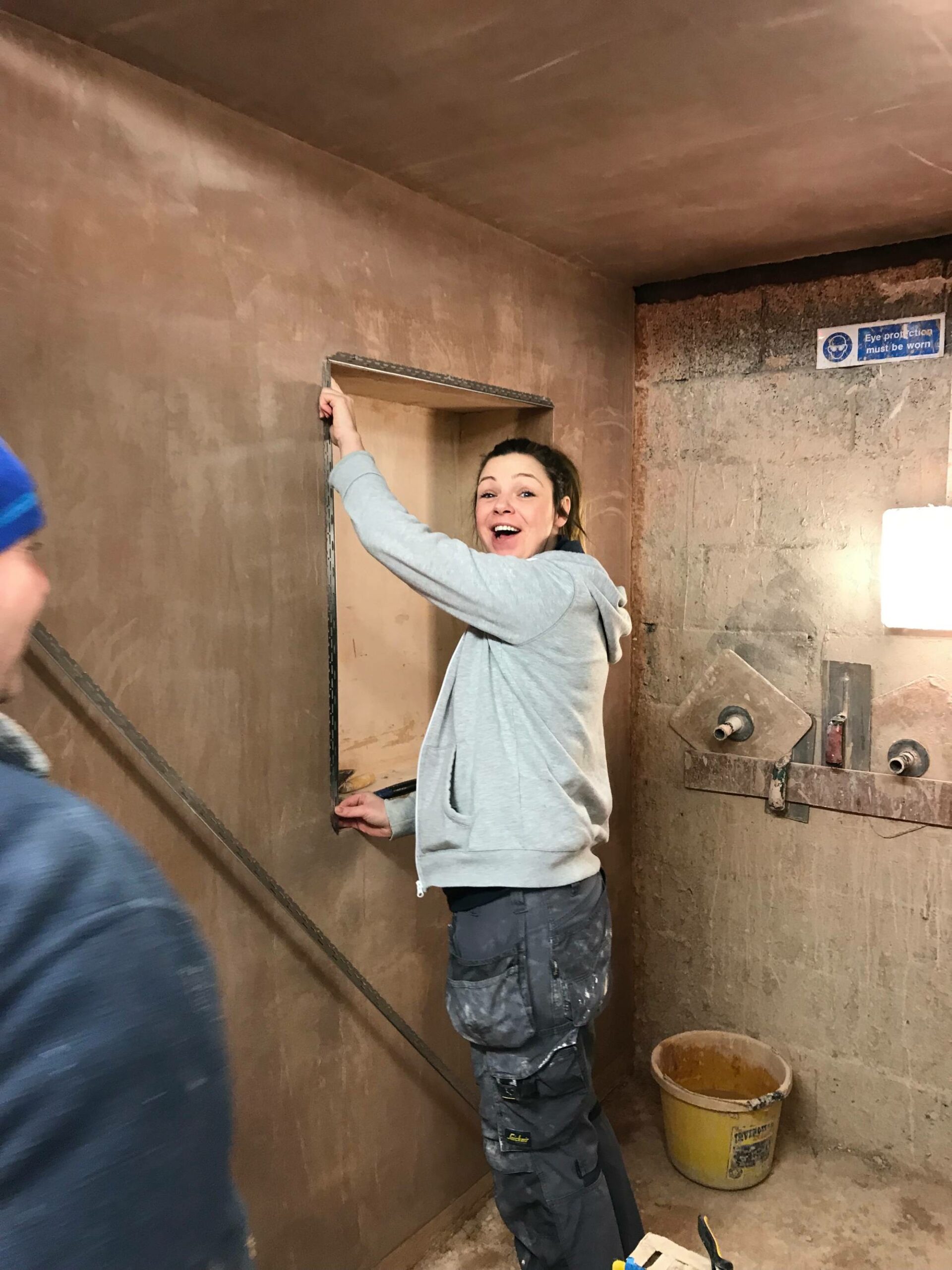Plastering Guidance from Professionals: Ideal Practices for Success
Wiki Article
A Comprehensive Overview to Mastering Plastering Skills for Your Restoration Needs

Necessary Devices and Materials
In the realm of plastering, having the right tools and products is extremely important to attaining a remarkable coating. Numerous crucial tools serve unique functions, making sure performance and accuracy throughout the gluing procedure. A high-quality trowel, for instance, is indispensable for applying and smoothing plaster, while a hawk supplies a steady system for holding the product. A joint knife is additionally crucial for thorough work, particularly in edges and edges.Along with devices, choosing the appropriate plastering products is essential. Gypsum-based plasters are generally preferred for their adaptability and convenience of use, while cement-based alternatives are excellent for outside applications as a result of their resilience. Water and bonding agents play considerable roles in achieving correct uniformity and adhesion, ensuring that the plaster sticks properly to the surface area.
Additionally, safety gear such as goggles, gloves, and masks is important to guard against dust and inflammation throughout the application process. By constructing the right combination of devices and products, plasterers can enhance their ability set and generate high-grade finishes, eventually raising the overall workmanship of their job.
Preparing Surface Areas for Gluing
Achieving a smooth and sturdy plaster finish begins with thorough preparation of the surface areas to be plastered. This fundamental step is important to guaranteeing attachment and the durability of the plaster. Start by examining the condition of the substratum-- whether it is drywall, stonework, or concrete-- removing any type of loosened paint, dust, or debris that may conflict with bonding.Following, repair any imperfections such as holes or splits. Make use of an ideal filler to accomplish a level surface area; this can be important for stopping future issues. Once fixed, make certain the surface area is clean and dry, as moisture can endanger plaster adherence.
For permeable surface areas, it is advisable to apply a bonding agent. This item boosts attachment and develops a reputable user interface in between the plaster and substratum. If functioning with previously plastered surface areas, it might be required to mess up or sand the area lightly to offer a secret for the brand-new plaster layer.
Plastering Methods and Tips
Mastering plastering techniques requires both ability and method to attain a flawless finish. One important strategy is the application of the plaster in several slim layers, rather than a solitary thick coat.When using the surface coat, use a troweling strategy that entails holding the trowel at a mild angle and working in a round activity. This aids to create a smooth surface area and minimizes the appearance of trowel marks. Furthermore, keep a spray container of water handy to haze the surface gently; this maintains the Continued plaster workable and enables for smoother ending up.
Timing is crucial; job efficiently, as the plaster begins to set. Once the plaster has firmed up but is still damp, utilize a moist sponge to delicately smooth the surface area further. Last but not least, allow appropriate drying time before fining sand or Get More Information painting, guaranteeing your difficult job leads to a professional, top notch surface.
Common Blunders to Prevent

One more usual error is applying plaster also heavily. Excitable applications can lead to fracturing and long term drying out times. It's necessary to apply plaster in thin, also layers, allowing each coat to dry adequately prior to including a lot more.
Furthermore, not utilizing the right tools can hinder the quality of the finish. Using inappropriate trowels or mixers can develop incongruities in the gluing procedure. Constantly go with top notch devices developed for smudging tasks.
Last but not least, numerous people underestimate the value of timing. Working in inappropriate temperature levels or humidity levels can negatively influence plaster drying out and healing. It is a good idea to examine climate condition and adjust your timetable accordingly.
Ending Up Touches for an Expert Appearance
The final phases of a gluing task are critical for accomplishing a polished, specialist appearance. Once the plaster has actually dried completely, the following step is to analyze the surface for imperfections.After fining sand, it's advisable to cleanse the surface to get rid of any type of dust and particles. A moist fabric works for this purpose, adhered to by a thorough drying out duration. If required, using a slim layer of finishing plaster can boost the surface better, supplying a seamless finish.
Once the ending up plaster is completely dry, another round of fining sand may be required to achieve the preferred level of smoothness. Ultimately, consider why not try this out applying a primer before painting or wallpapering, which will certainly boost adhesion and durability.
Final Thought
Understanding gluing abilities significantly boosts the top quality of renovation jobs. A comprehensive understanding of essential tools, surface area prep work, and efficient techniques is critical for attaining expert outcomes.Water and bonding representatives play considerable roles in accomplishing proper uniformity and adhesion, making certain that the plaster adheres effectively to the surface area. Plastering.


Furthermore, keep a spray container of water useful to haze the surface gently; this keeps the plaster practical and allows for smoother completing. (Plastering)
If necessary, using a thin layer of ending up plaster can enhance the surface area further, supplying a seamless coating.
Report this wiki page